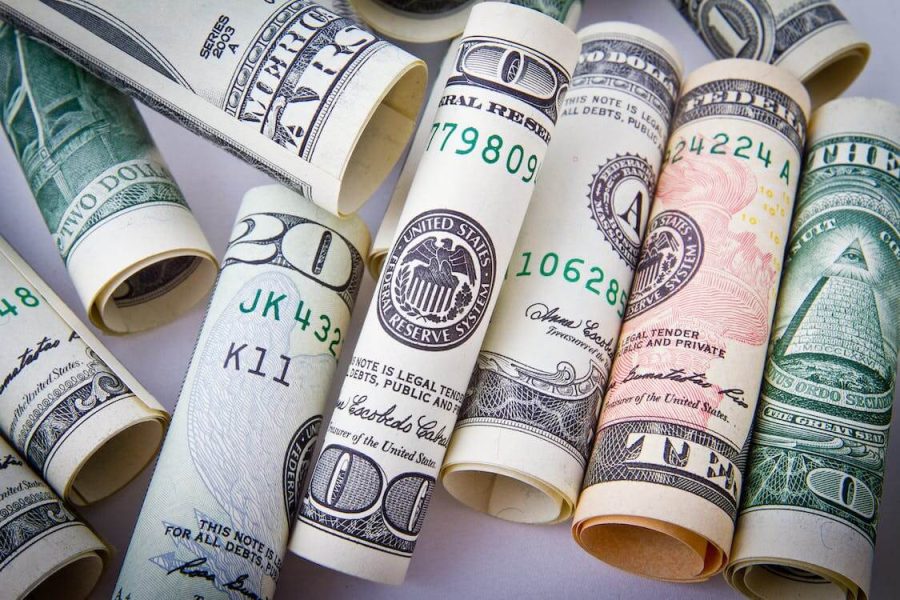High-yield savings accounts often pay way higher interest when compared to traditional banks. They are often offered online, whether you choose to go through a brick-and-mortar bank or an internet-only provider. The idea is that you store your savings for a long period, and during this time, you can take advantage of a competitively high yield. The difference in interest rates can be substantial, with the top accounts in the country offering up to 12 times the national average rate. If you are worried about your checking account then you’ll be glad to know that you can still keep that where it is, because it’s very simple for you to link your high-yield savings account to the checking account you have now.
Pros of Using a High-Yield Savings Account
- You can withdraw or deposit at any time
- Virtually no risk
- Your APY has the potential to increase with time
- Excellent for saving for your retirement years
High-interest savings accounts are just one way for you to store your cash. They may give you the highest APY, but there are a lot of alternatives out there that you can use to store your money until you need it.
- Checking Accounts VS High-Yield Saving Accounts
The easiest place for you to store any surplus funds you have would be in your checking account. While true, this option does provide you with a high level of convenience. It has two downsides though. If you use this over a high-yield savings account then you may find that the money is easy to spend. On top of this, you won’t be able to capitalize on any rising interest rates. If the interest rates do rise, usually it’s a pittance. By choosing a high-yield savings account, you have the opportunity to invest more and earn more.
- Traditional Saving Accounts VS High-Yield Saving Accounts
There are two types of savings accounts. You have standard accounts which will pay you a modest interest rate, and you have high-yield interest accounts which will give you an interest rate that goes way beyond the national average. It’s up to each banking provider to decide how they name their accounts, so don’t just go off the name when making your decision. Traditional banks and credit unions will offer traditional saving accounts, but high-yield accounts are primarily offered by online institutions.
- Money Market Accounts VS High-Yield Saving Accounts
A money market account is very similar to a savings account. The only difference is that you can write checks with them. In the past, money market accounts required a large deposit but at the same time, they did pay higher interest rates. This has shifted and now you can find accounts like this that have a variety of minimum balance options.
- Certificate of Deposit VS High-Yield Saving Accounts
If some of your savings can be put away and not touched for a long period then you may be able to take advantage of a Certificate of Deposit account. With this, you will be obligated to leave your money in an account for a set period. You can do this over a matter of months, or you can do it over years. If you withdraw your money early then you will have to pay a penalty for this. In exchange for you storing your funds, you will have your interest rate guaranteed, even if the Fed happens to lower the rate.
- Bonds VS High-Yield Saving Accounts
The US treasury also offers the option of I bonds. Though these can offer some very attractive rates, you do need to remember that your return is somewhat unpredictable. The interest rate will be calculated every May and November. Options like this do offer advantages though, as you have a lot of tax flexibility. With that in mind, your funds are locked for the first year. There is no exception here. Just like savings, or money market accounts, this will pay you in compound interest.
How to Open A High-Yield Savings Account
If you want to open a high-yield savings account then this is very easy to do. The bank or the credit union will ask you for your social security number and your personal information. You will then have to prove your identity, and when you’ve done this, your account will be open and ready to use. Usually, you will transfer your money by ACH transfer, from your primary bank to our new savings account. It’s an easy process, with a lot of benefits for serious savers.
